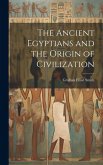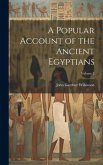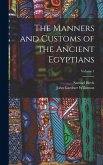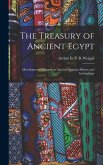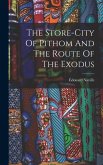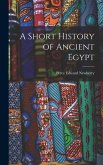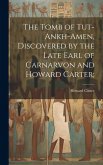1884. This contains both Volume I and II of this work. The word Copt is derived from the Greek word Aigyptos, which was, in turn, derived from Hikaptah, one of the names for Memphis, the first capital of Ancient Egypt. The modern use of the term Coptic describes Egyptian Christians, as well as the last stage of the ancient Egyptian language script. Also, it describes the distinctive art and architecture that developed as an early expression of the new faith. The Coptic Church is based on the teachings of Saint Mark who brought Christianity to Egypt during the reign of the Roman emperor Nero in the first century, a dozen of years after the Lord's ascension. Contents Volume I.: On the Structure of Coptic Churches in General; The Church of Dair Mari Mina at Old Cairo; Dair Abu's Sifain at Old Cairo; The Ancient Roman Fortress of Babylon and the Churches within It; The Minor Churches of Old Cairo; The Churches in Cairo; The Monasteries of the Natrun Valley in the Libyan Desert; and the Churches of Upper Egypt. Contents Volume II.: The Coptic Altar; Eucharistic Vessels and Altar Furniture; The Furniture and Ornaments of the Sacred Building; The Ecclesiastical Vestments of the Coptic Clergy; Books, Language, and Literature; The Seven Sacraments; Various Rites and Ceremonies of the Church; and Legends of the Saints.
Hinweis: Dieser Artikel kann nur an eine deutsche Lieferadresse ausgeliefert werden.
Hinweis: Dieser Artikel kann nur an eine deutsche Lieferadresse ausgeliefert werden.


